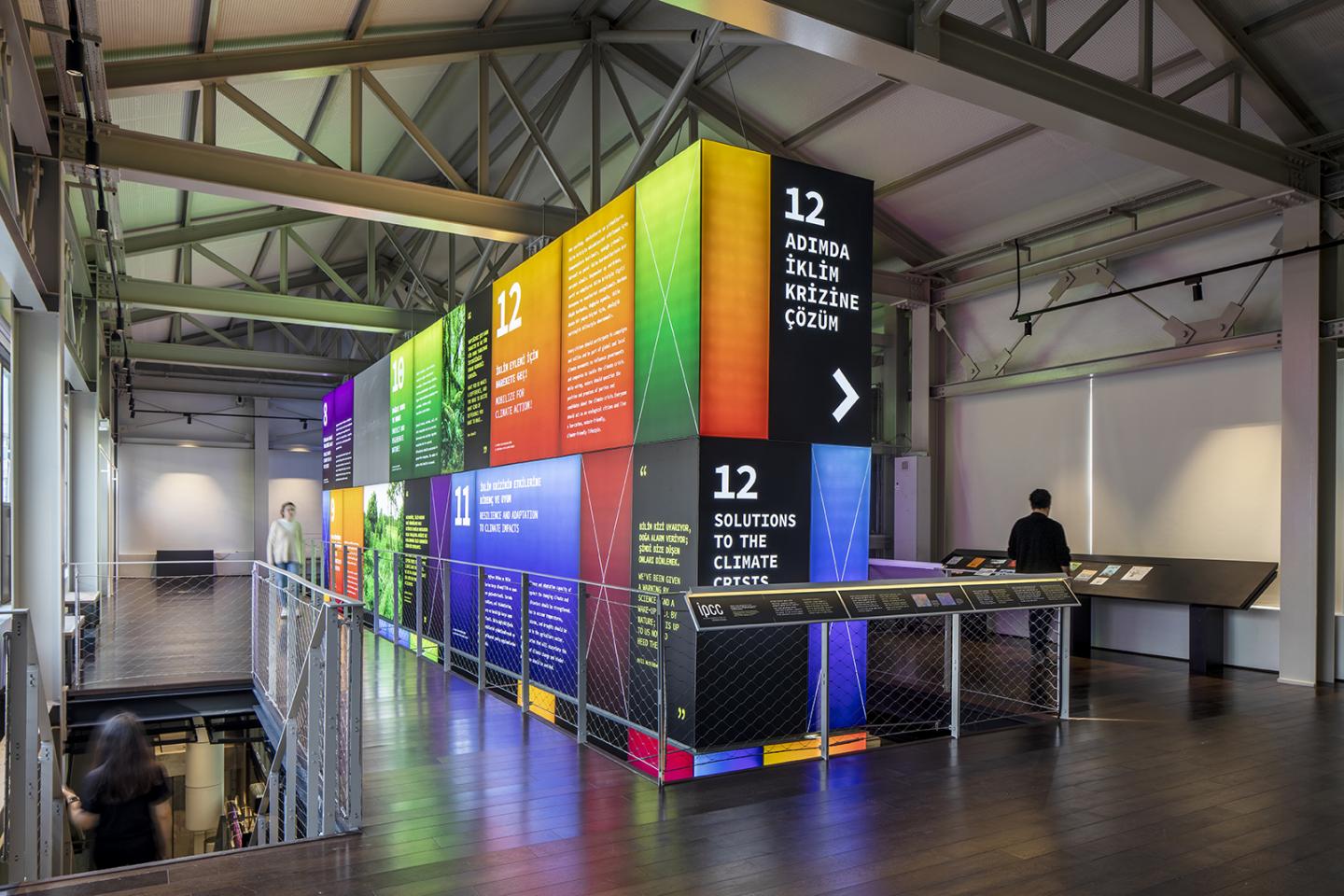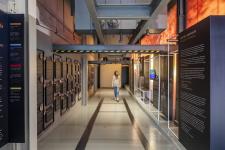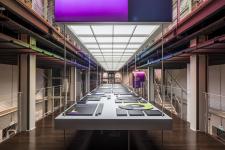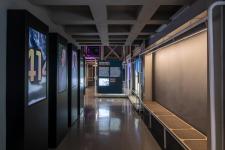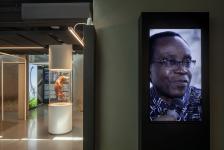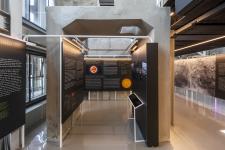Hasanpaşa Gazhane, which was established in 1892 to meet the energy needs of the Anatolian Side, was closed and abandoned after completing its factory function in 1993 due to the fact that it could not meet the current needs and the use of natural gas became widespread. With its transformation, 130 years later, in July 2021, it was redefined as a public space under the name of Museum Gazhane. The Climate Museum, located in the two buildings of the Museum Gazhane, was opened to visitors in April 2023 with the completion of the second building. The two buildings of Gazhane, which were used as gas purification facilities, were refunctioned as a permanent exhibition/museum within the scope of the project, and the theme of the museum was determined as “Climate Crisis”. The scenography and the design of the museum/exhibition of the Climate Museum, focusing on the climate crisis, the effects of which have been felt deeply in recent years, were implemented into the project.
Design aproach
In the museum buildings of Hasanpaşa Gazhane, the gasworks producing energy from fossil fuel (coal), is the Climate Museum, which explores the climate crisis, natural and man-made causes of the crisis alongside its devastating consequences. Spreading over two buildings in total, the exhibition focuses on the rapidly-increasing use of fossil fuels (coal, oil, natural gas) with the industrial revolution and the place of Gazhane, which is a factory structure, in this process and creates a basis for its own criticism. With the transformative potential for climate awareness and advocacy, the Museum invites visitors to explore the realities of climate crisis and help to confront them with the devastating consequences of the climate crisis. The exhibition features informative visuals and interactive spaces to make the museum experience more accessible and inclusive. In the exhibition, visitors can experience the climate crisis and access real-time data/information through interactive exhibits that simulate the impacts of climate crisis such as rising sea levels, extreme weather events, melting glaciers and fire disasters. Photos reflecting the impacts of climate change, video projections, documentaries and interviews with climate scientists offer visitors a powerful experience about climate change.
The Climate Museum is situated in a way that it can work with the workshop and activity areas in the Museum Gazhane in its functional scheme. Through these spaces, the Museum enables visitors to meet with researchers and activists, emphasizes the importance of community participation and cooperation in tackling the climate crisis, enables the development of implementable strategies, and encourages dialogue.
Exhibition design
In addition to the vertical kiln buildings of Gazhane, the gas purification buildings, which were built in similar periods, are machine buildings where large machines, pipes and filters are located in which the gas produced from coal is purified from chemicals and particles. Both buildings have existing machines and concrete machine plinths. The exhibition design approach is based on creating a minimal intervention on the existing structures, the machines inside the structures and the pedestals. With this approach, a flexible exhibition design was developed that creates its own structural system, which circulates the entire building, allows informative spaces and interactive exhibitions changing depending on the content and scenario, and can be produced, assembled and disassembled easily and quickly. In order to adapt to the changing and up-to-date conditions on the climate crisis, a system was developed that allows the information boards to be suspended and to be easily separated from the structure. In this way, even if the data has to be updated annually, the waste material was aimed to be minimized. In industrial buildings where the control of natural light was difficult, each exhibition section was designed to provide its own lighting solution. While a metal tube profile providing continuity was used for the exhibition structure, medium-density fibreboards (MDF) were used for information boards. The floor and wall materials/colors of the space were preferred in order to complement and continue the industrial character of the building so that the exhibition space could be separated from the existing space and its continuity could be perceptible.
2021
2023
Construction Area: 1030 m2
Client: Istanbul Metropolitan Municipality & Gürsoy Grup Restorasyon
Contractor: Gürsoy Grup Restorasyon
Subcontractor: Karınca Reklam, The Mob
Design Team: Dicle B. Özdemir, Kadir Uyanık
Project Team: Tuncay Güner, Damla Çolakoğlu
Exhibition Content: Prof. Dr. Levent Kurnaz, Dr. Ümit Şahin
Graphic Design: Pompaa İstanbul
Audio-Visual Project: Map Global
